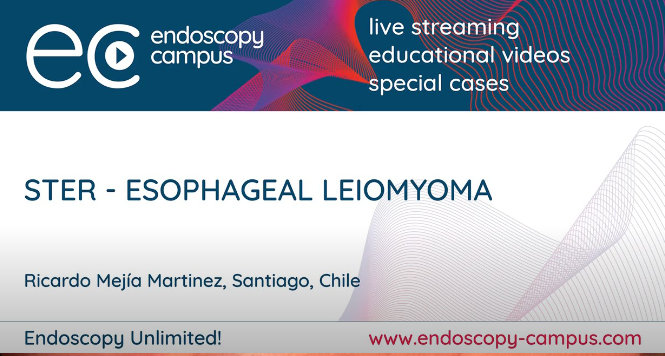Implementing a Standardized Protocol Helps to Increase Diagnosis of Eosinophilic Esophagitis
Prateek Sharma, MD, FASGE, reviewing Krarup AL, et al. Endoscopy 2020 Aug 5.
The incidence of eosinophilic esophagitis (EoE), a condition characterized by esophageal eosinophilia and dysfunction, has been reported in about 5 to 10 per 100,000 individuals. Interestingly, northern Denmark, with a population of about 580,000, recorded only as many as 4 cases annually until 2010. In September 2011, a meeting was held in Denmark to reach a consensus on biopsy and pathology reporting protocols. This publication is a retrospective evaluation of the EoE cohorts before and after the meeting (2007-2017).
The attendees of the consensus meeting, which was attended by 82% of the invited endoscopy leaders, concluded that they would obtain esophageal biopsies using the “4-14-4 rule” (4 biopsies from 14 cm and 4 cm above the gastroesophageal junction) and that pathologists would report when eosinophilia – especially ≥15 eosinophils per high-power field – was present. These centralized pathology reports would link to the regional EoE guideline. Educational information and a summary of the consensus reached was distributed to all endoscopy centers in the North Denmark Region via short lectures and emails to all endoscopy unit directors.
According to Denmark’s national pathology registry, 309 patients (229 males [median age, 50 years]; 80 females [median age, 47 years]) were diagnosed with EoE from 2007 through 2017. While there were only 9 patients in the database prior to the consensus meeting (2007-2010), the number increased to 294 after the meeting (2012-2017). Of the 309 patients in the registry, 74% were categorized as having EoE and 24% had GERD. The new protocol resulted in a 12-fold increase in the median number of patients diagnosed with EoE per year (0.4/100,000 [2007-2010] to 6.2/100,000 [2012-2017]). Overall, the frequency of esophageal eosinophilia diagnoses increased 50-fold from the earlier time period of 2001 to 2010 (1/year; 0.2/100,000) to the later time period of 2010 to 2017 (52/year; 8.9/100,000). There was a 14% increase in the number of upper endoscopies and a 100% increase in the frequency of biopsies performed after the meeting compared to before the meeting.

COMMENTThe diagnosis of EoE is impacted directly by lack of awareness, inadequate endoscopic sampling, histopathological identification, and/or reporting. There is a benefit of implementing a standardized diagnostic protocol (in the right clinical setting) besides improving awareness and detection of EoE: it will help patients who would have otherwise not been diagnosed obtain the right treatment.
Note to readers: At the time we reviewed this paper, its publisher noted that it was not in final form and that subsequent changes might be made.
CITATION(S)
Krarup AL, Drewes AM, Ejstrud P, Laurberg PT, Vyberg M. Implementation of a biopsy protocol to improve detection of esophageal eosinophilia: a Danish registry-based study. Endoscopy 2020 Aug 5. (Epub ahead of print) (https://doi.org/10.1055/a-1206-0852)


